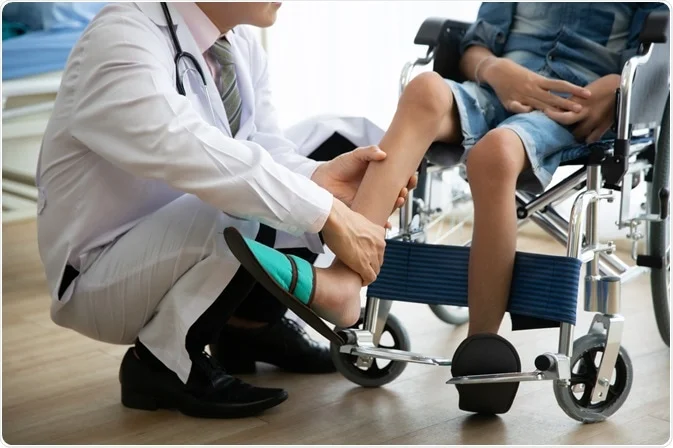
Muscular Dystrophy
Muscular dystrophy is a group of genetic disorders characterized by progressive muscle weakness and degeneration. It affects the muscles responsible for movement, leading to difficulties in mobility and muscle function. With various types and levels of severity, muscular dystrophy can have a significant impact on an individual’s quality of life. In this article, we will explore the causes, types, symptoms, and available treatment options for muscular dystrophy, providing a comprehensive understanding of this complex condition.
Causes:
Muscular dystrophy is primarily caused by genetic mutations that interfere with the production of proteins needed for healthy muscle function. These mutations can be inherited or occur spontaneously. The specific gene mutations involved determine the type of muscular dystrophy and its pattern of inheritance.
- Duchenne Muscular Dystrophy (DMD): DMD is the most severe and prevalent form, primarily affecting boys. It typically manifests in early childhood and leads to progressive muscle weakness, loss of muscle mass, and difficulties in walking and mobility.
- Becker Muscular Dystrophy (BMD): BMD is a milder form of muscular dystrophy, also affecting boys. It shares some similarities with DMD but has a later onset and a slower progression of symptoms.
- Myotonic Muscular Dystrophy (MMD): MMD is characterized by prolonged muscle contractions (myotonia) and muscle weakness. It can affect both children and adults and often involves other organ systems, leading to a range of additional symptoms.
- Limb-Girdle Muscular Dystrophy (LGMD): LGMD affects both boys and girls and primarily affects the muscles in the shoulders and hips. It typically begins in late childhood or early adulthood and progresses slowly.
Symptoms:
While the symptoms of muscular dystrophy vary depending on the specific type, some common signs and symptoms include:
- Progressive muscle weakness: Muscles gradually weaken and atrophy over time, leading to difficulties in mobility, walking, and performing daily activities.
- Muscle wasting: The loss of muscle mass becomes more pronounced as the condition progresses, resulting in a visibly thinner appearance of affected muscles.
- Muscle stiffness and contractures: In some types of muscular dystrophy, muscle stiffness and contractures can develop, limiting range of motion and flexibility.
- Fatigue : Individuals with muscular dystrophy may experience excessive tiredness and fatigue, even with minimal physical exertion.
- Respiratory difficulties: In advanced stages, respiratory muscles can be affected, leading to breathing problems and increased susceptibility to respiratory infections.
